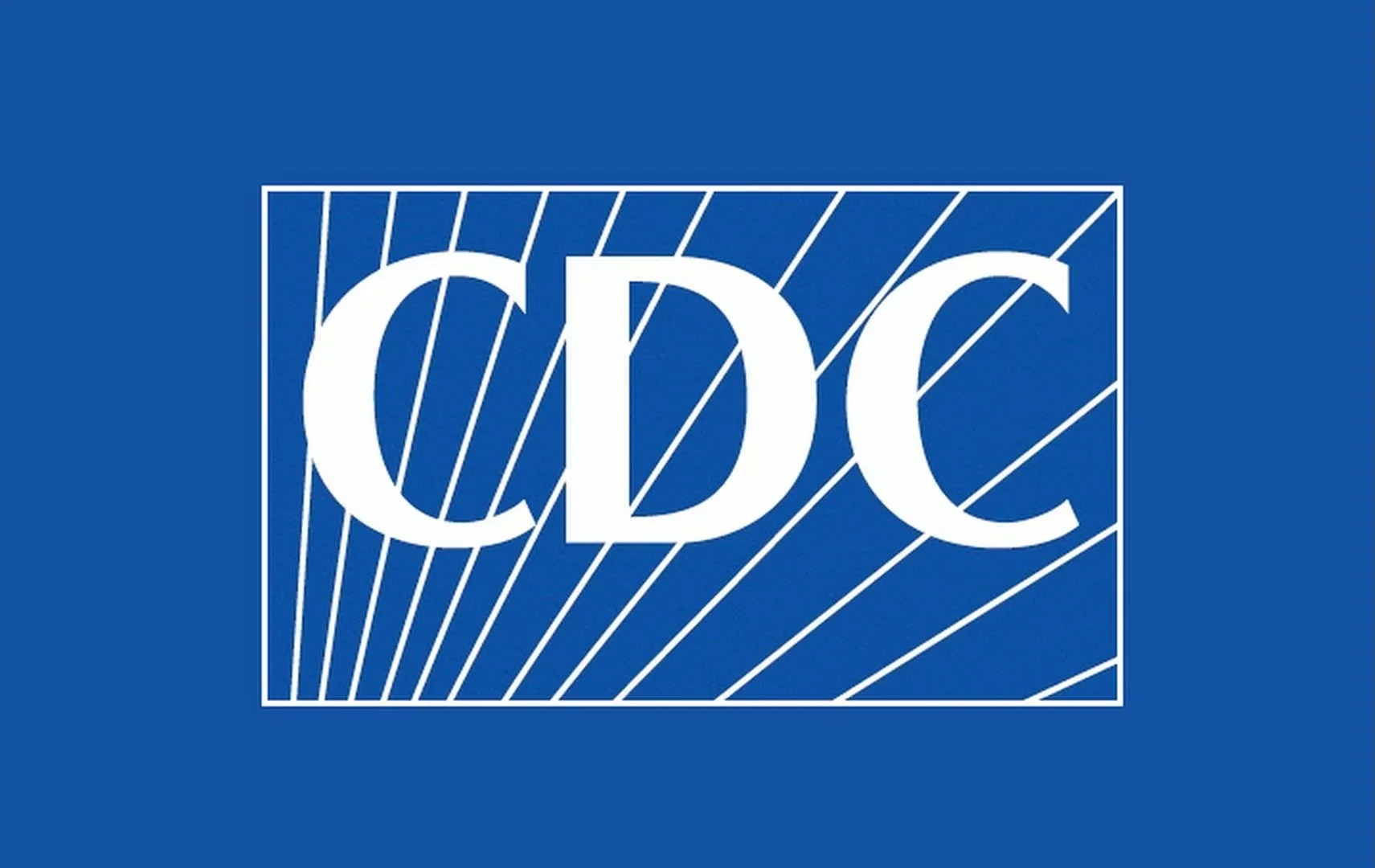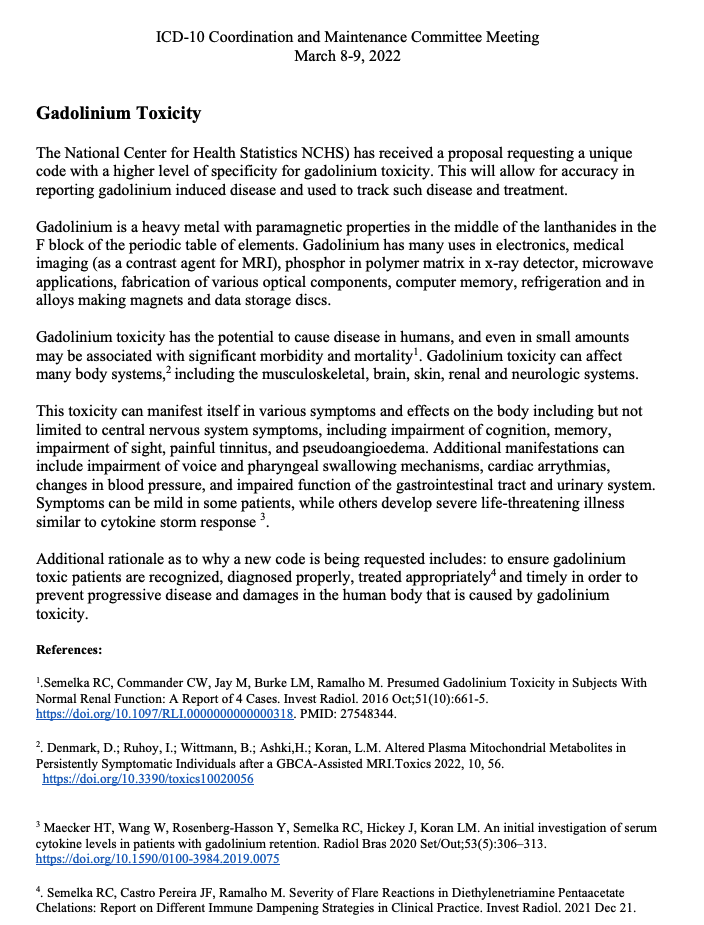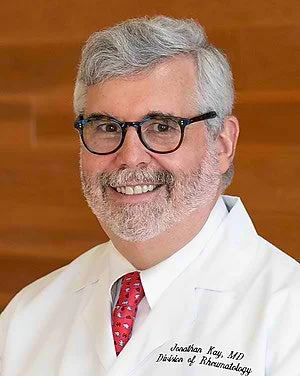“It’s been known for more than 15 years that gadolinium deposits in the bone, and for more than 5 years that gadolinium deposits in the brain of patients who’ve received multiple magnetic resonance studies. I’m concerned that the FDA has this issue in the purview of the radiologists because radiologists administer these contrast agents and then don’t see the patients back in follow-up, whereas rheumatologists do,” - Dr. Kay, 2018, professor of medicine and director of clinical research in rheumatology at the University of Massachusetts, Worcester
ICD Code Review Gadolinium Toxicity from CDC.gov
Note from the authors:
Despite these ICD code additions, none of the codes attribute the toxic effects of gadolinium to MRI contrast agents (GBCAs), even though this is the primary source of exposure for nearly all affected patients. There is also a general code, T50.8X for “Poisoning by, adverse effect of and underdosing of diagnostic agents,” which is also not specific to gadolinium toxicity.
Furthermore, despite the CDC’s acknowledgment of gadolinium toxicity in 2022, it remains largely unrecognized by the medical community and regulatory agencies. To date, no significant changes have been implemented in MRI practices: patients are still without genuine informed consent, doctors are not diagnosing Gadolinium Toxicity/GDD patients with the ICD10 gadolinium codes, and patients’ treatments are not covered by insurance. Despite all of this, and patients warning others of the dangers of gadolinium for decades, the use of MRI contrast agents is actually increasing.
Dr. Jonathan Kay, MD
“Nephrogenic systemic fibrosis was the human experiment that was done with gadolinium contrast, showing that these agents, when they deposit in tissue, are extremely toxic. I can’t see other human studies being done to determine the potential consequences of these agents when they deposit long term in brain, bone, and other tissues. And the animal studies have already been done demonstrating the danger of these compounds. Might you take this out of the realm of radiologists and involve physicians who take care of patients chronically and observe the long-term consequences of these toxic effects?”





